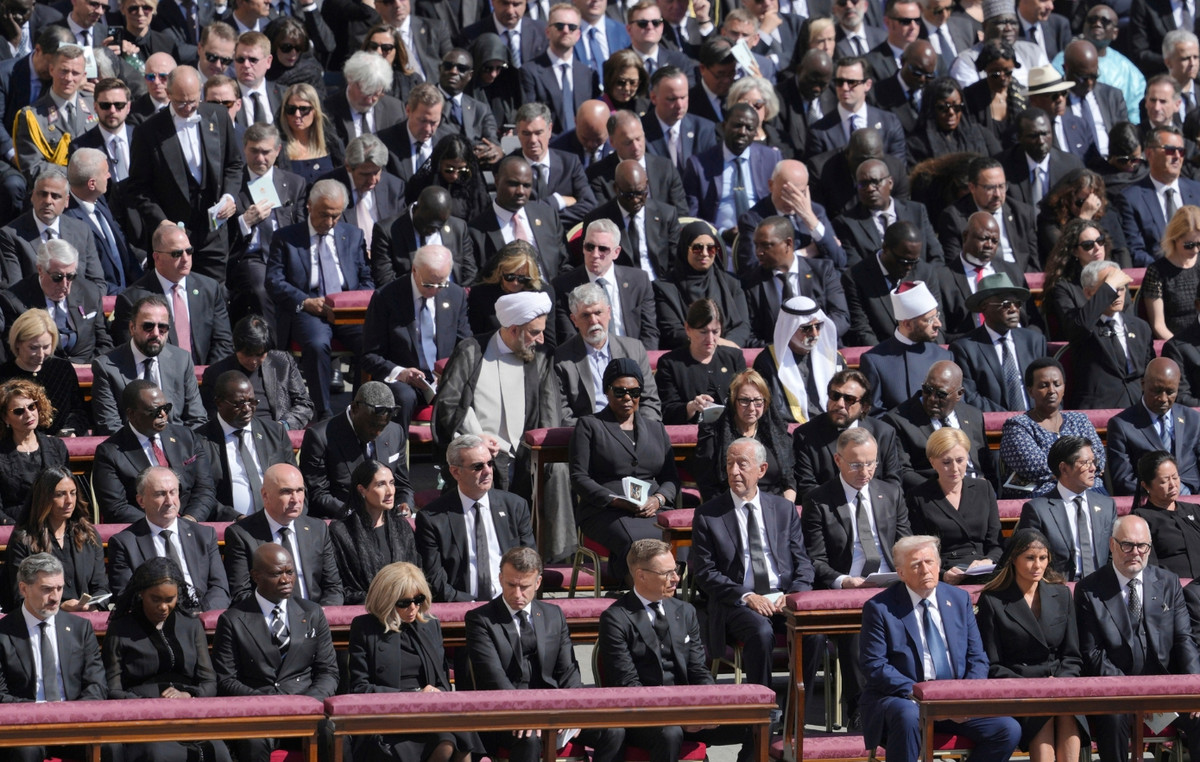A great advance in education, with the creation of the University of São Paulo (USP), greater participation of Brazilian women in all spheres of society, including politics, and the entrepreneurship that made São Paulo an industrial “country” are some of the legacies from the Constitutionalist Revolution of 1932 to Brazil today, according to experts heard by Estadão.
Although it was a war of Brazilians against Brazilians, the conflict reinforced the idea of national unity. A possible parallel of Brazil today with that of 1932, in the opinion of analysts, is the need to reinforce the importance of the Constitution and democracy. The risk now, they say, is that we have lost the daring that the people of São Paulo had at the time.
The 32nd Revolution, which completes 90 years, in the State of São Paulo aimed to overthrow Getúlio Vargas and convene a National Constituent Assembly. Getúlio had assumed the presidency of the national provisional government after a coup d’état resulting from the 1930 Revolution, which overthrew the then President of the Republic, Washington Luís, and prevented his successor elected in March 1930, the São Paulo-born Júlio Prestes, from taking office.
After almost three months of intense fighting on four fronts in the state, the conflict ended on October 2, 1932, with the surrender of the Constitutionalist Army. Until two days later, there were fighting. The official toll is 934 dead in the 87 days of conflict, although researchers estimate that there were more than 2,000 casualties.
Lesson
Judge Octavio Augusto Machado de Barros Filho, coordinator of the São Paulo Court of Justice Museum, recalls a sentence from the speech given by Minister Manoel da Costa Manso, then president of the TJ, on August 31, 1932, when he stated that São Paulo Paulo did not take up arms to separate himself from Brazil, but only to hasten the country’s return to the constitutional regime. “This is the lesson that must not be forgotten, after 90 years have passed since the Constitutionalist Revolution of 1932”, he says.
For USP historian Francisco Quartim de Moraes, author of the book 1932 – A História Invertida and researcher on the subject, popular mobilization around the agendas of São Paulo politicians that led to a fratricidal civil war will always serve as a lesson for Brazilians to avoid confrontation in which the “enemy” is part of the same people. According to him, “the challenges of our days involve balancing different political forces”, he says.
Rodrigo Gutenberg, director of the Veterans Society of 1932 – MMDC, believes that the risk of institutional rupture today is lower. “In 1932, instability was strong in the Army. Today, we have a more stable Army,” he says. “However, the concerns of what the political system should look like are still the same. We continue to be a people that aspires and breathes democracy and freedom”.
Freedom
The Revolution made it clear that the civilian population and part of the elite were not afraid of the central government, according to researcher Juliana Bezerra, from Rio de Janeiro, who holds a master’s degree in History from the University of Alcalá, in Spain. “32 could serve to remind us that the Brazilian people are capable of mobilizing and know how to fight for their freedom when they perceive it to be threatened”, she says.
The 1932 conflict opened the door to other changes in Brazil at the time. The efforts of businessmen and the citizens of São Paulo to supply weapons, ammunition and food to the fighters entrenched in points far from the capital made the State develop transport logistics, since the train was widely used in combat, in addition to aviation and of the industry in general.
“An interesting fact is that the Army ended up using for itself the experiences of mountain warfare, so common in 1932. After all, many of the soldiers who fought against São Paulo about a decade later went to the mountainous region of Italy to fight against the Nazis (in World War II)”, recalls researcher Eric Apolinário, director of the Itapira Historical Museum and author of the book Winter Scarlet about the battles of 1932 on the Eastern front.
Mobilization
The general mobilization for the war, which involved from university professors to judges, in addition to journalists, industrialists and traders, ended up “turbining” knowledge and the economy in the State, which at the time had a population of 7 million people – today are 42 million.
“They were people who, in the revolution, did everything from rearguard services to tending to the wounded. The industry in São Paulo organized itself to build numerous war equipment, ammunition, steel helmets, gas masks, hand grenades”, says Gutenberg, from the MMDC.
Researcher Juliana Bezerra highlights the role of women, who organized themselves to do social work to support needy families, sew uniforms and serve in nursing. They also worked in factories and some even went to fight. “Today, Brazilian women have an undeniable role, something that was in its infancy in the 1930s. The female conquest stimulated other sectors, such as the LGBT+ population movement, to claim rights, something unthinkable at that time”, says the professor.
Responsible for directing the department of assistance to the wounded in the capital, Carlota Pereira de Queiroz was elected Brazil’s first federal deputy in the year following the war. Some achievements of that period, such as women’s suffrage, are practically irreversible, says Quartim de Moraes.
“After the 1930s, the participation of Brazilian women in all spheres of society, but especially in politics, represented an important advance”, she says.
Another fruit of the revolution was the construction of the São Paulo identity. “Throughout the 20th century, the uprising of 1932 was repeated several times to symbolize this paulistanidade”, says the historian.
USP
In the 1930s, São Paulo was experiencing a cultural effervescence and, although defeated in combat, he points out, the State imposed itself through education, with results such as the creation of the University of São Paulo. USP was born in 1934 from the ideal of journalist Julio de Mesquita Filho, then director of The State of São Paulo – who had been advocating a reform of education for about ten years.
“The creation of USP was one of the many fruits of the Revolution. It is today one of the main teaching and research institutions in Brazil and Latin America”, says Rodrigo Gutenberg. In the QS World University Ranking, released in June, the university appears among the 120 best in the world.
Surveillance
Juliana also points out the importance of the Constitution as the main legacy. “The Constitution of 34 is the determining fact, since Getúlio Vargas ruled since 1930 on a provisional basis. The situation was unsustainable, because in the absence of a Magna Carta, Vargas exercised power in an undemocratic way”.
Researcher Eric Apolinário believes that the constitutionalist movement taught the country the strength of popular manifestation. “In a very short time, it had the adhesion of all classes, including the working class, who went to the trenches, religious associations, women, youth and adolescents. All cities mobilized by sending volunteers, donations, clothing, food and money”.
Unity
The main lesson of 32 was the idea that the people united, gathered and demonstrating, manages to make their rights prevail, although attentive to their duties, according to Gutenberg. “Security with its elections, with the practice of democracy, individual freedoms and universal suffrage, inherent to a democratic government system, becomes the great aspiration of the Brazilian population. One of the greatest lessons of the 1932 Revolution is the importance of the democratic rule of law”.
Quartim de Moraes emphasizes, however, that it is necessary to maintain vigilance, as did the Paulistas of 1932, to avoid setbacks in conquests, such as the labor ones, which came with the Revolution, even with defeat.
“Unfortunately, the climate of polarization in our current society bears similarities to the polarization of the 1930s. We can only hope that Brazil today will not enter into a similar battle”.
Source: CNN Brasil







